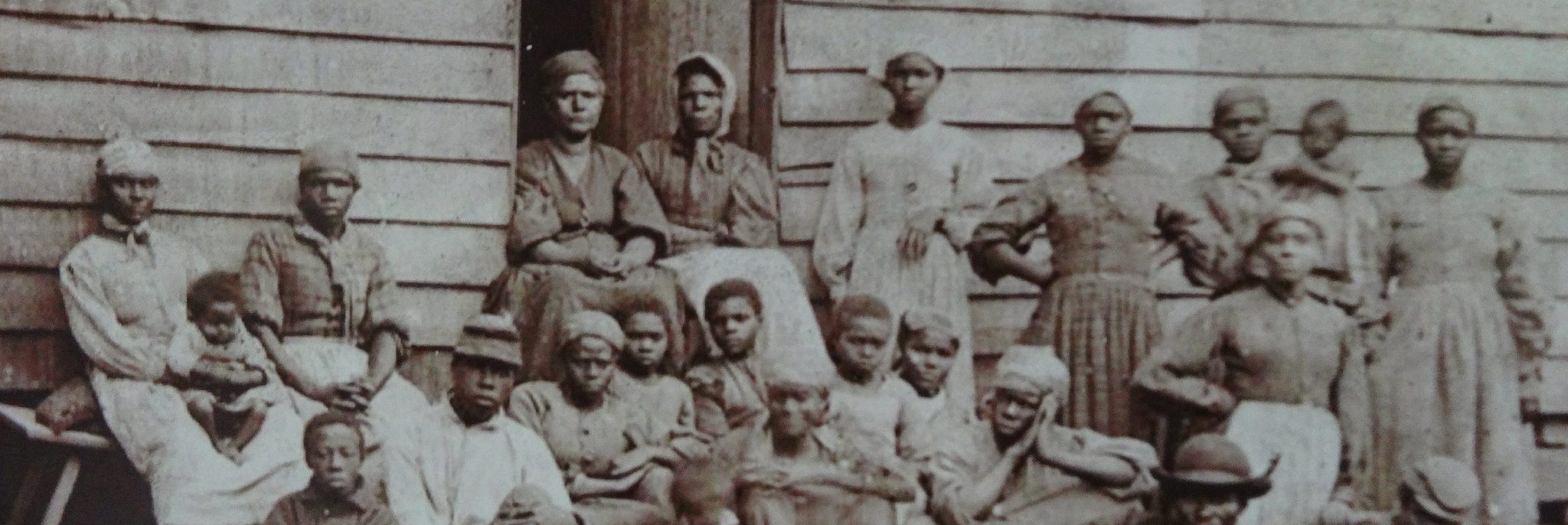
In this guest blog, renowned historian and author S. I. Martin explains the importance of remembering the transatlantic slave trade, as well as how to get children engaged in the subject through teaching.
How teaching history helps us acknowledge the past
It is so important to keep this history alive. Although these events happened so long ago, they have left many visible and invisible legacies. In terms of the built environment, several of Britain’s country houses were built on enslaved labour. Schools, universities and hospitals also benefited.
In addition, certain aspects of the race relations forged under enslavement and colonialism still influence contemporary attitudes to the subject.
Teaching Britain’s part in the transatlantic slave trade
Unfortunately, most approaches to the study of enslavement tend to focus on the experiences of Africans in America, almost to the exclusion of the Caribbean plantation experience, or the impact of Black people in Britain during the time of enslavement.
Knowledge of the transatlantic slave trade helps young people make sense of the presence of populations of African-Caribbean origin in the British Isles. It also goes some way to explaining some of the sources of capital that financed the industrial revolution.
Why we need to teach children about slavery
The history of slavery is relevant to school children, as stories of enslavement in mainland Britain are to a large degree stories of young people in domestic service. Many of these accounts feature elements of escape, subversion or a strong drive towards self-determination. Using real stories of runaways from period newspapers, young people can more easily “put themselves in the picture” and relate directly to the extraordinary choices that enslaved people had to make on a daily basis.
The story of Robert Wedderburn
I have heard so many personal stories over the years, but the one that stays with me is Robert Wedderburn.
Wedderburn’s father was a plantation owner and his mother was an enslaved woman. Being free, Wedderburn joined the Royal Navy and settled ultimately in Britain, where he became very active in British radical struggles as well as the fight for abolition. In 1824, he published a short work — The Horrors of Slavery. Wedderburn also published and disseminated throughout the Caribbean pamphlets urging the enslaved to rise up against their masters. He was a genuine radical whose messages are still applicable today.


"Let us rise up then, brethren. Let us rise, not with petitions and marches, but with action. For it is demeaning to human nature to petition our oppressors. We need revolution, not reform."
"Let us rise up then, brethren. Let us rise, not with petitions and marches, but with action. For it is demeaning to human nature to petition our oppressors. We need revolution, not reform."
You can also read more about Britain and the slave trade in S. I. Martin’s book. Basing its structure on the testimonies of two of our contemporaries, one the descendant of a slave and the other of a slave trader, this book reveals the enormous but unrecognised impact the transatlantic slave trade has had on modern Britain.